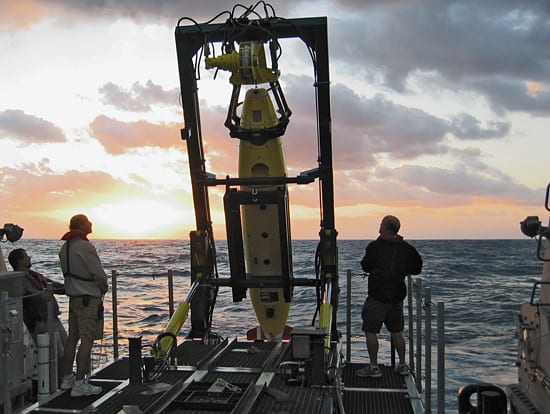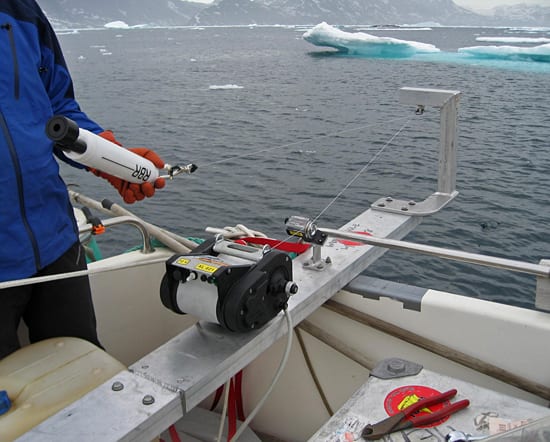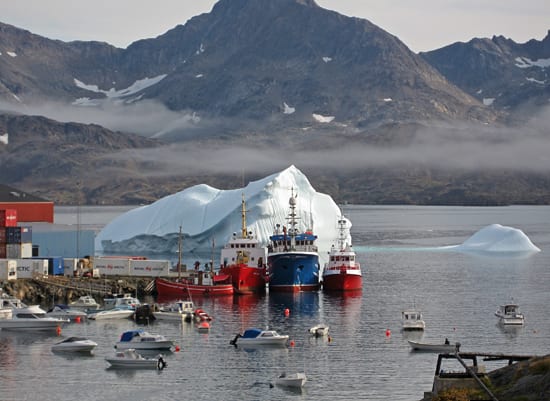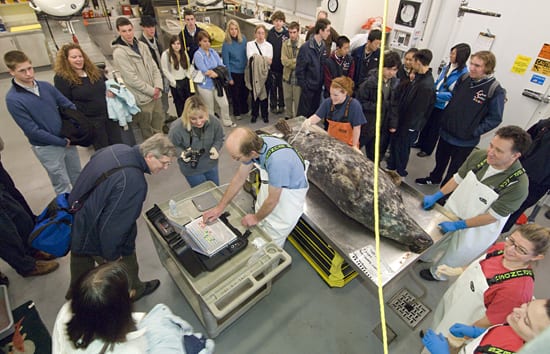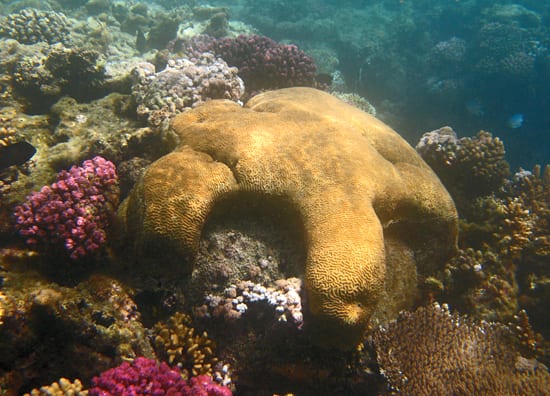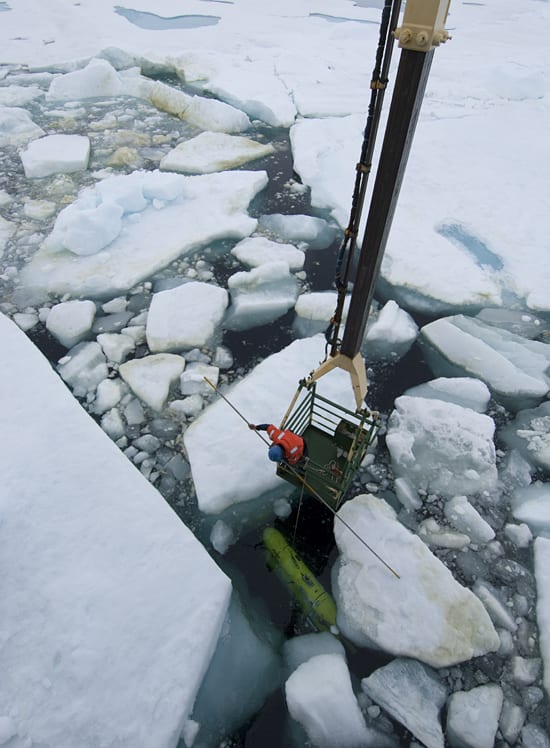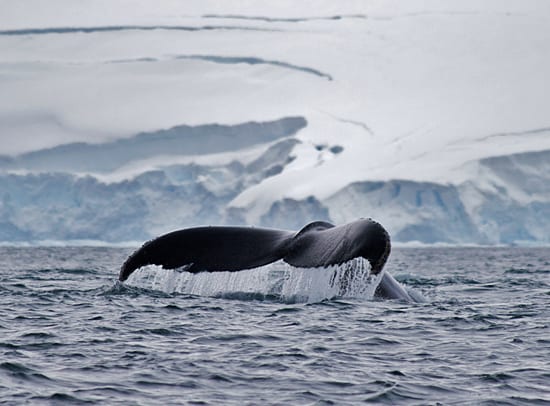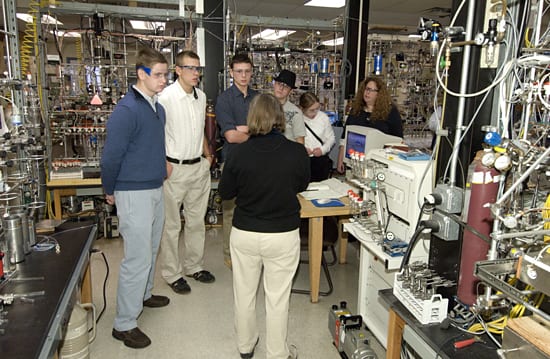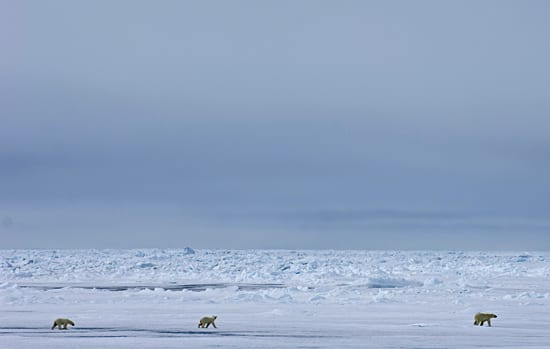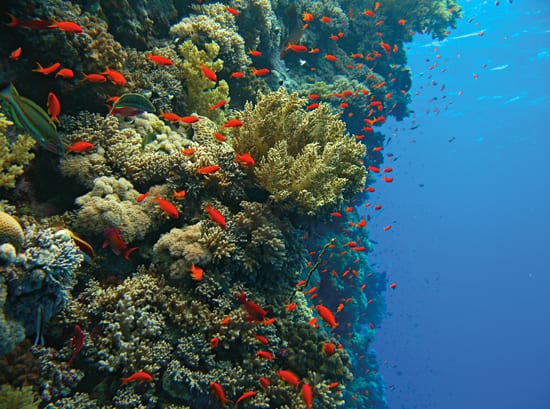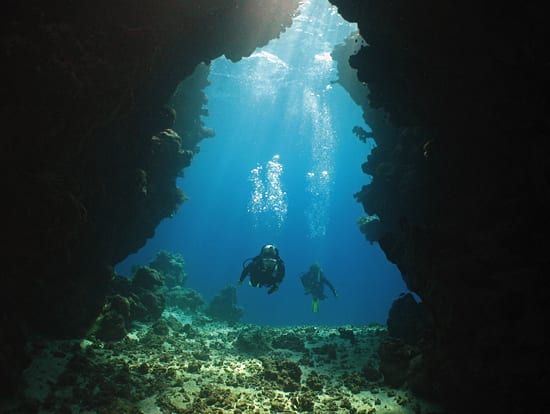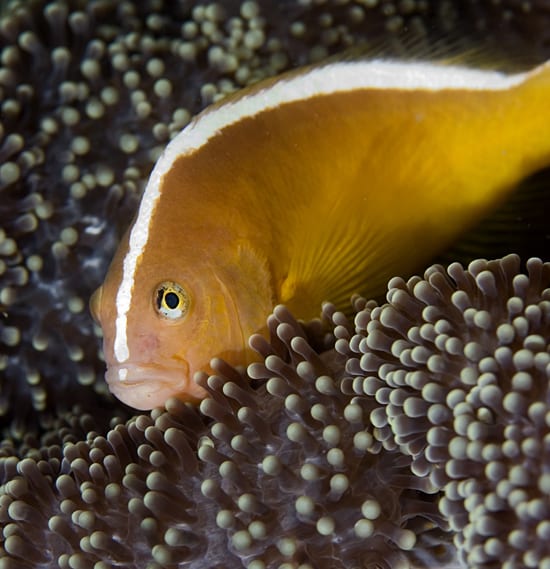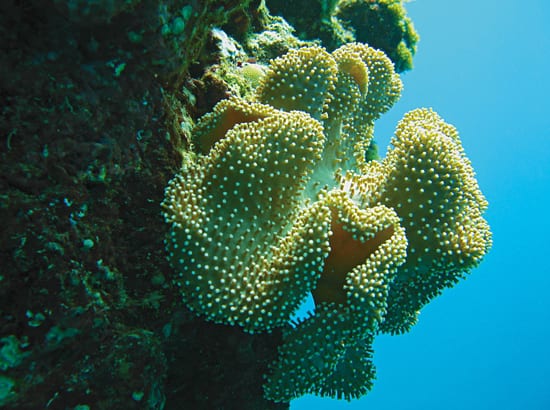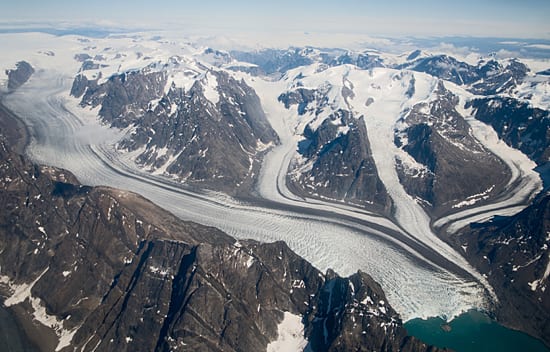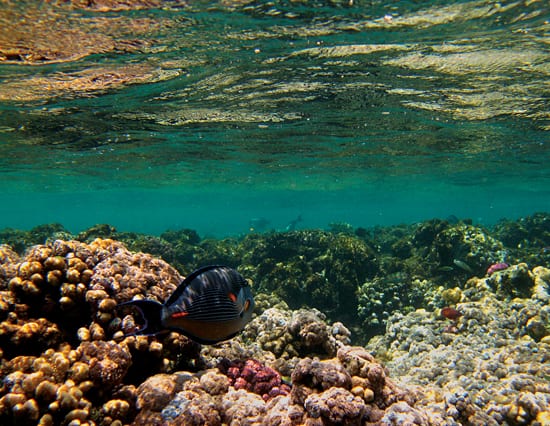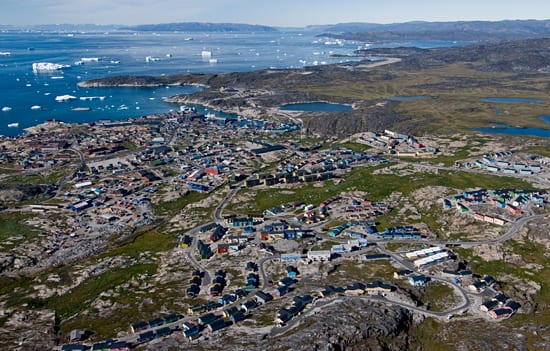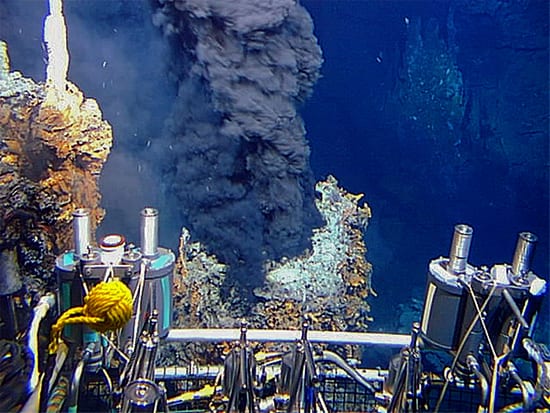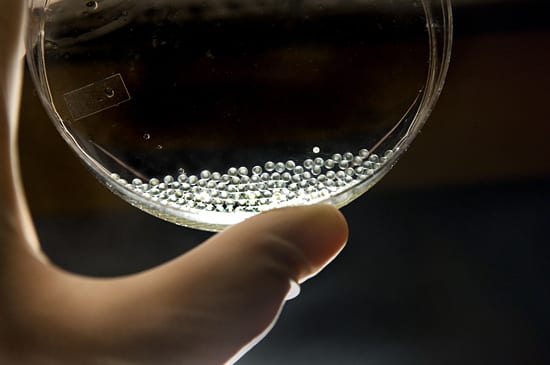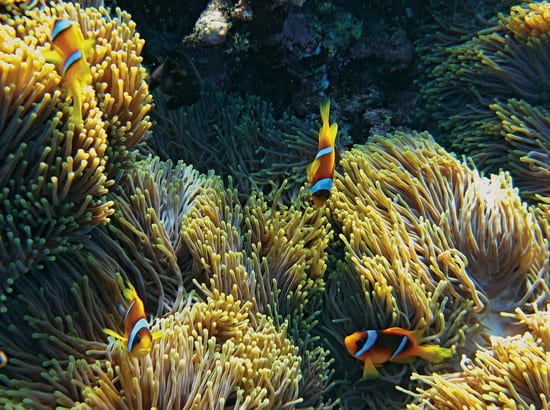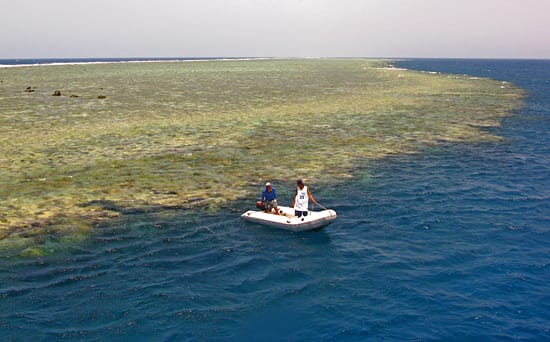Multimedia Items
UP AND AT ‘EM!
Members of the CATALYST ONE expedition team prepare for a sunrise launch in December 2008 of one of two 6,000-meter autonomous underwater vehicles (AUVs), owned by the Waitt Institute for Discovery.…
Read MoreWorking among icebergs
Are warmer ocean waters affecting Greenland’s ice sheet? To find answers, WHOI scientists this fall made use of a local, small vessel able to navigate the iceberg-filled waters of Sermilik…
Read MoreBergs and boats
Icebergs drift into the port of Tasiilaq in Greenland, where WHOI scientists and colleagues from the University of Maine were based this summer while measuring ocean temperatures in nearby Sermilik…
Read MoreA new lab tool for animal research
WHOI Biologist Michael Moore working with the International Fund for Animal Welfare Marine Mammal Rescue and Research Team prepare to examine a gray seal that was found dead in Wellfleet…
Read MoreAn ancient presence
Brain coral colonies can live for hundreds of years, and their skeletons preserve a record of environmental and climate changes throughout their lifetimes. WHOI scientists studying Earth’s past climate can…
Read MoreLost and found
On board the research vessel Oden in 2007, WHOI engineer John Kemp used the ship’s crane-operated metal basket to retrieve a robotic vehicle called Puma. With a long metal pole, Kemp pushed aside…
Read MoreA whale fluke in Antarctica
A humpback whale shows it’s tail, or fluke, off shore from the Unites States Antarctic Program’s Palmer Station, as the R/V L. M. Gould departs for its first oceanographic station…
Read MoreBowlers touring WHOI
High-school students tour the National Ocean Sciences Accelerator Mass Spectrometry Facility (NOSAMS) lab as WHOI research specialist Ann McNichol (center) explains how a carbon sample is extracted from a variety…
Read MoreLunchtime, with bears
Polar Discovery photographer Chris Linder was just about to eat lunch aboard the Swedish research vessel Oden in the Arctic Ocean, when polar bears were sighted and he ran for…
Read MoreThe vertical life
Red Sea coral communities thrive on vertical walls at the reef’s edge, where individual coral colonies compete for access to sunlight and food-carrying currents. The shapes of the colonies change…
Read MoreOn the march
Huge sand dunes aren’t found only in deserts. These massive dunes (note people for scale) are bearing down on a coastal town in equatorial Brazil. WHOI scientist Ilya Buynevich, from…
Read MoreSearching for snapper fish
MIT/WHOI Joint Program graduate student Kelton McMahon (front) and WHOI research assistant Leah Houghton enter a large underwater cavern on a Red Sea coral reef off Alith, Saudi Arabia in…
Read MoreLinking the Indian Ocean and monsoons
Surface temperatures in the Indian Ocean naturally oscillate, a phenomenon called the Indian Ocean Dipole. During its positive phase, warmer waters in the western Indian Ocean bring heavy rains to…
Read MoreTracking reef fish
An orange anemonefish (Amphiprion sandaracinos) hides among sea anemones at a reef off Restoff Island in Kimbe Bay, Papua New Guinea. In April 2005, WHOI biologist Simon Thorrold and colleagues…
Read MoreHanging on
At the edge of a coral reef in the Red Sea, an isolated leather coral clings to a rocky outcrop. It’s individual polyps, tightly curled in the photo, open up…
Read MoreIsland view
Researchers who camped and worked on Greenland’s ice sheet this summer soaked in their initial glimpses of the huge Arctic island. “As western Greenland came into view, first-time visitors like myself glued…
Read MoreThe top of the reef
Coral reefs often extend from a sandy bottom to just beneath the water’s surface, forming broad reef flats. Barely a foot below the surface, the flats can be a harsh…
Read MoreTakuss, Greenland
Researchers who spent weeks in Greenland camping and working on the ice sheet said a final takuss (Greenlandic for see you) to Disko Bay, located in the coastal town Ilulissat. Photographer Chris…
Read MoreHot fluid on a cold seafloor
Researchers inside the submersible Alvin watch a black smoker chimney erupt from seafloor vents. Hot hydrothermal fluids surge through the chimneys at velocities of 1 to 5 meters per second.…
Read MoreYippee!
James Brennan II spread the good news last summer after requalifying to become an Alvin “swimmer,” or person who enters the water to assist with the launch and recovery of…
Read MoreFish dish
Summer student Lauren Watka from the University of Massachusetts, Dartmouth holds a petri dish of fish eggs from mummichogs, Fundulus heteroclitus. Working with post-doctoral fellow Matthew Jenny in WHOI biologist…
Read MoreChangeable clowns
Clownfish, or anemonefish (now commonly referred to as “Nemos,”) swim through what looks like waving wheat—actually the tentacles of their massive sea anemone home, moving with the water’s surge. A…
Read MoreReef’s edge
An inflatable boat and dive-tour operators stand by at a coral reef’s edge in the Red Sea, where WHOI scientists are studying the unique, pristine reef ecosystems along Saudi Arabia’s…
Read MoreProfiling below the ice
WHOI engineering assistant Kris Newhall (left) and crewmember of the Canadian icebreaker Louis V. St. Laurent Brian Mackenzie (middle) prepare to assist WHOI research specialist Rick Krishfield in deploying an…
Read More
